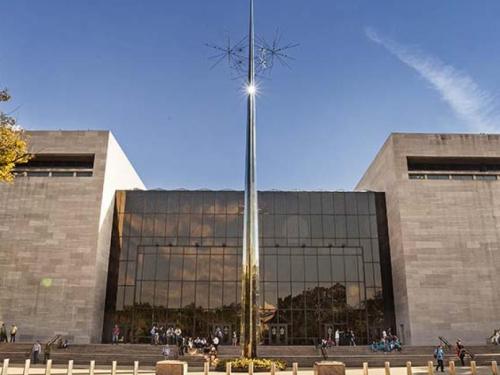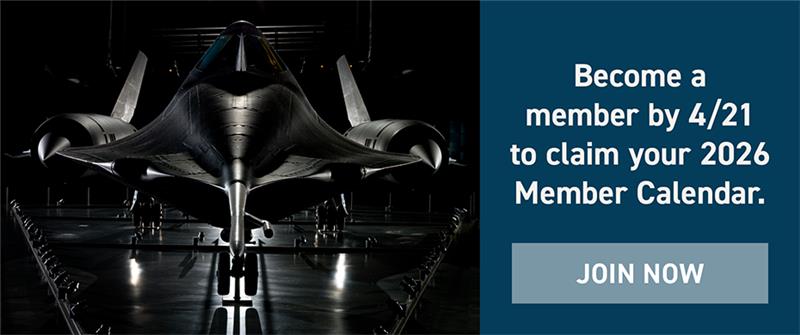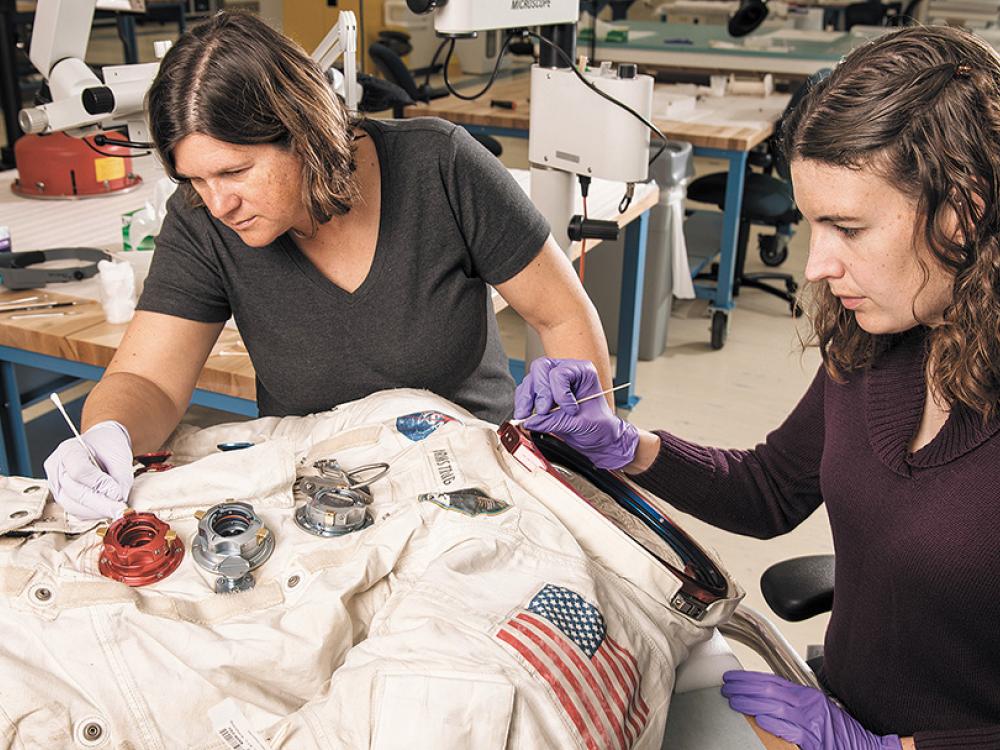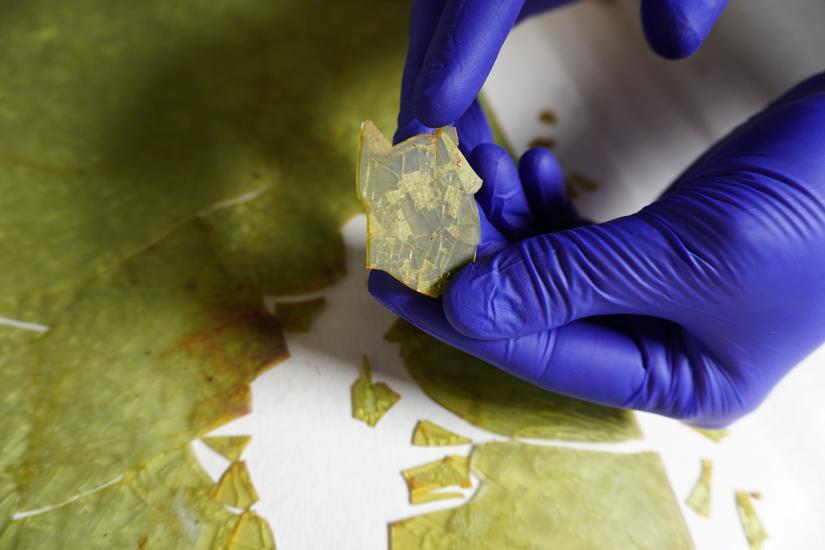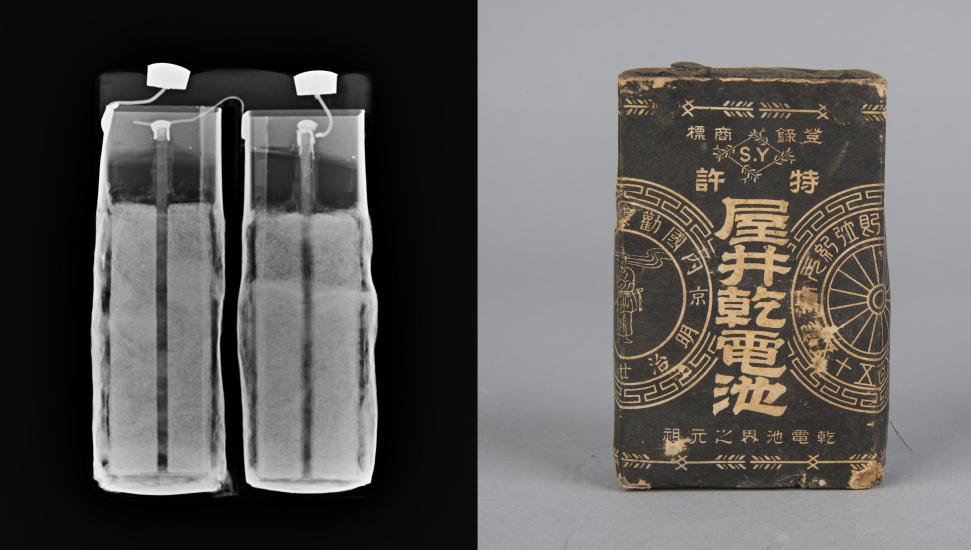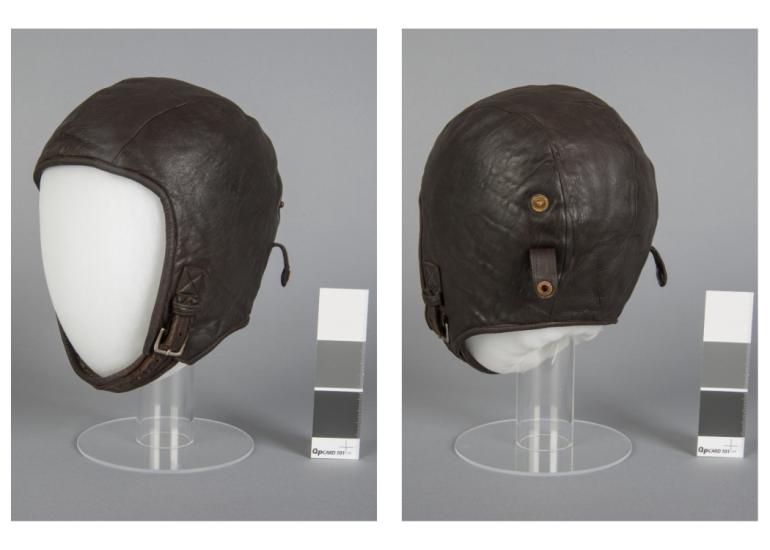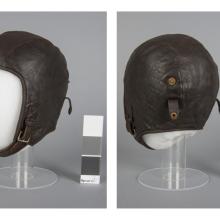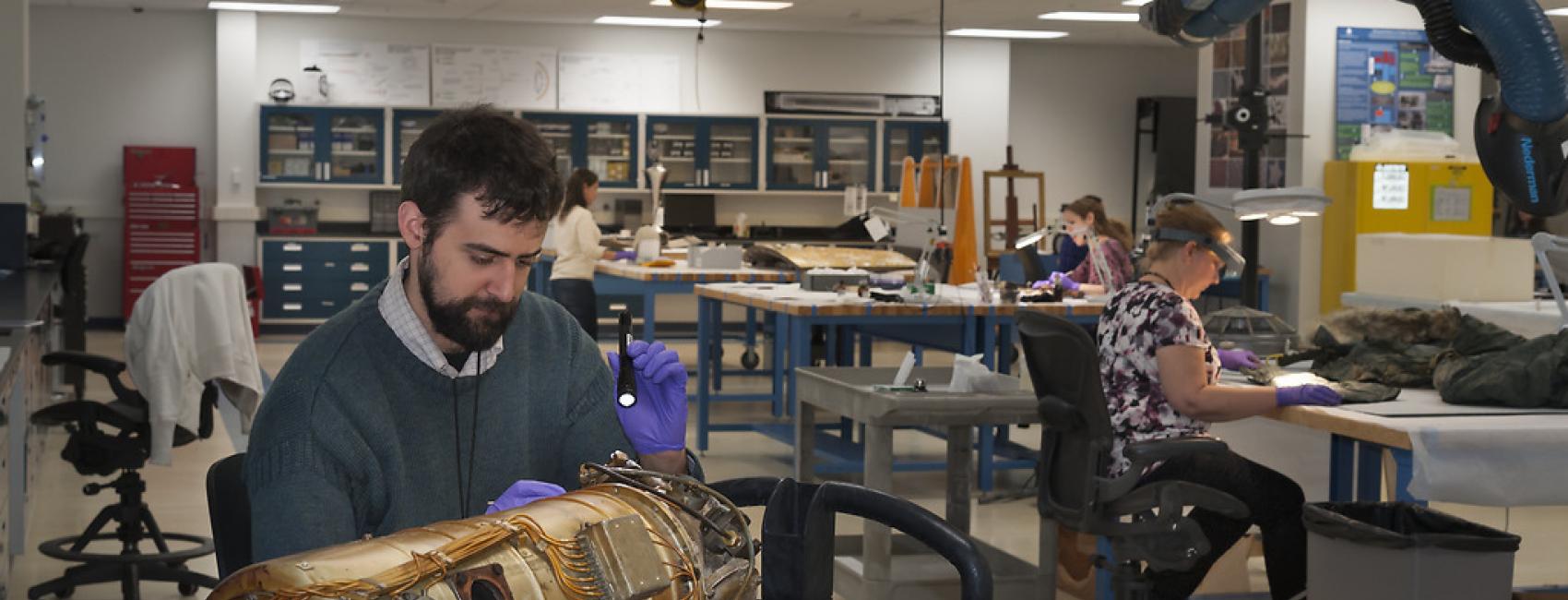Project: Batteries in Historic Collections: Characterization, Treatment Protocols, and Storage Guidelines
This project included evaluating treatments of painted surfaces affected by aluminum alloy corrosion, diagnostic imaging of Gilmore the Flying Lion, and radiography of the 1909 Wright Military Flyer.
Fellow: Meredith Sweeney
Additional Experiences: In addition to her research, Sweeney supported gallery renovations for Kenneth C. Griffin Exploring the Planets, and helped evaluate new exhibit materials through Oddy testing. Additional research included reviewing past treatments of magnesium alloys.
Want to learn more? Check out Sweeny's blog on the technical study and treatment of an early battery assemblage. You can also review Sweeney's presentation "A Review of Treatments of Magnesium Alloy Objects at the National Air and Space Museum" from the International Council of Museum's Committed on Conservation 2022 conference.
